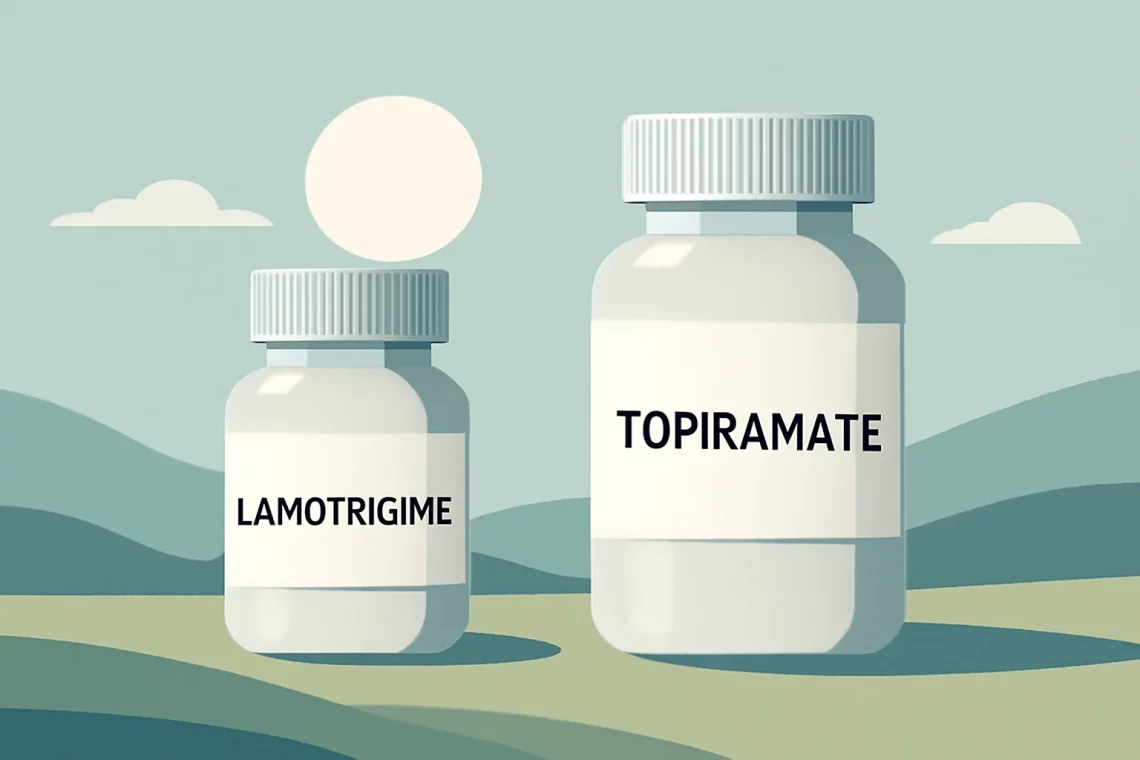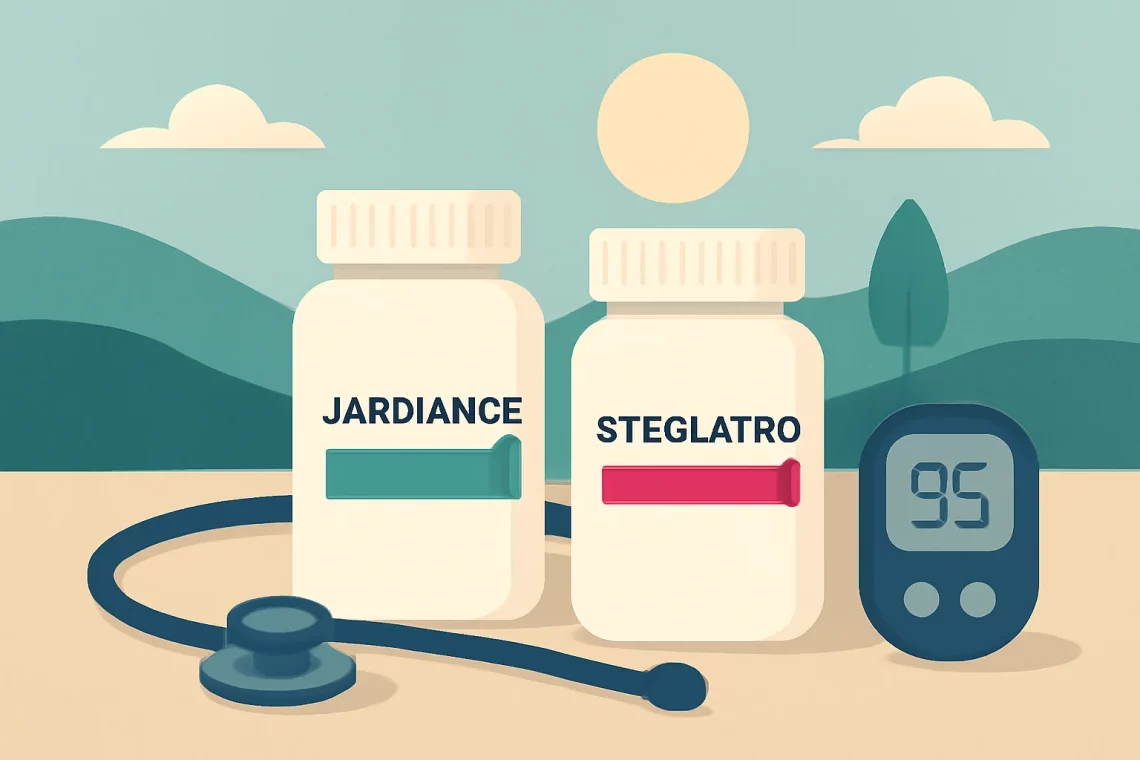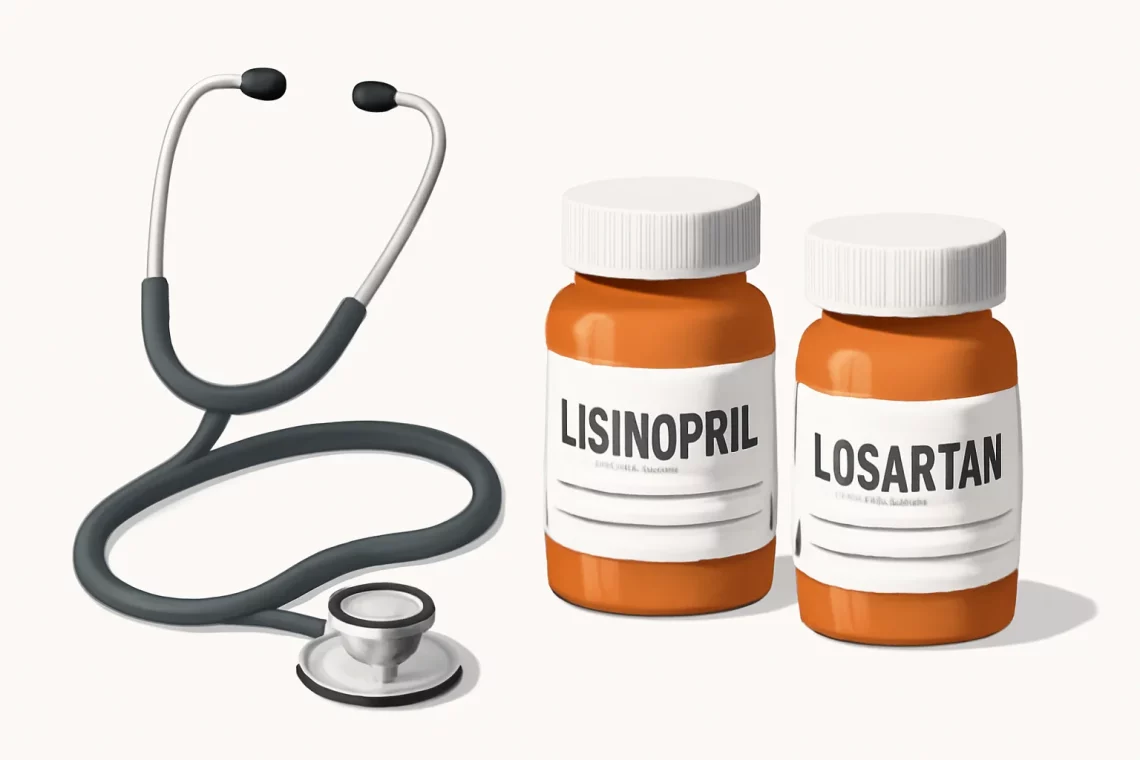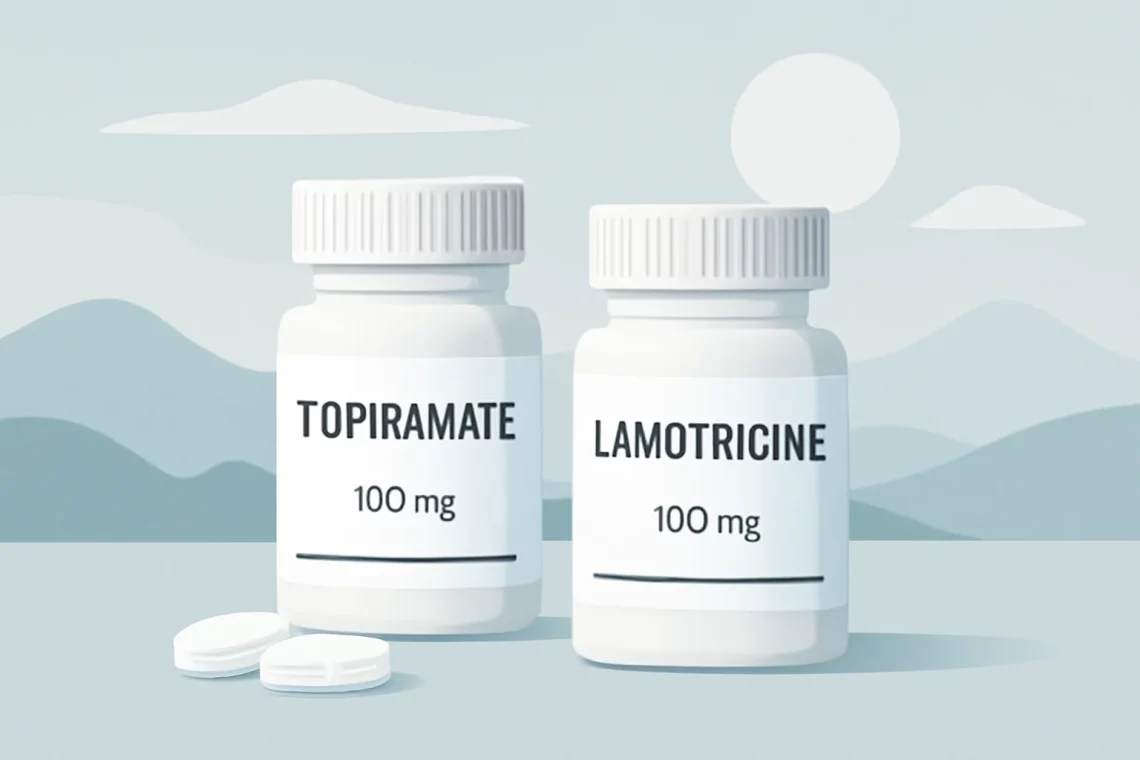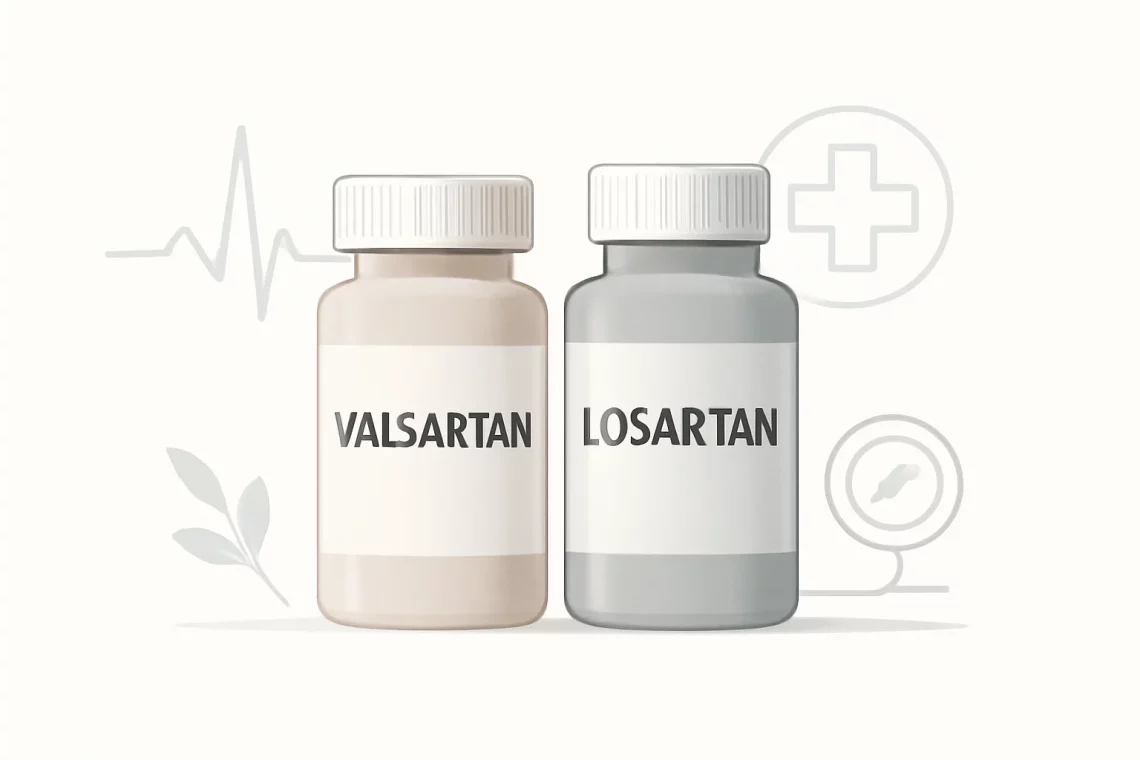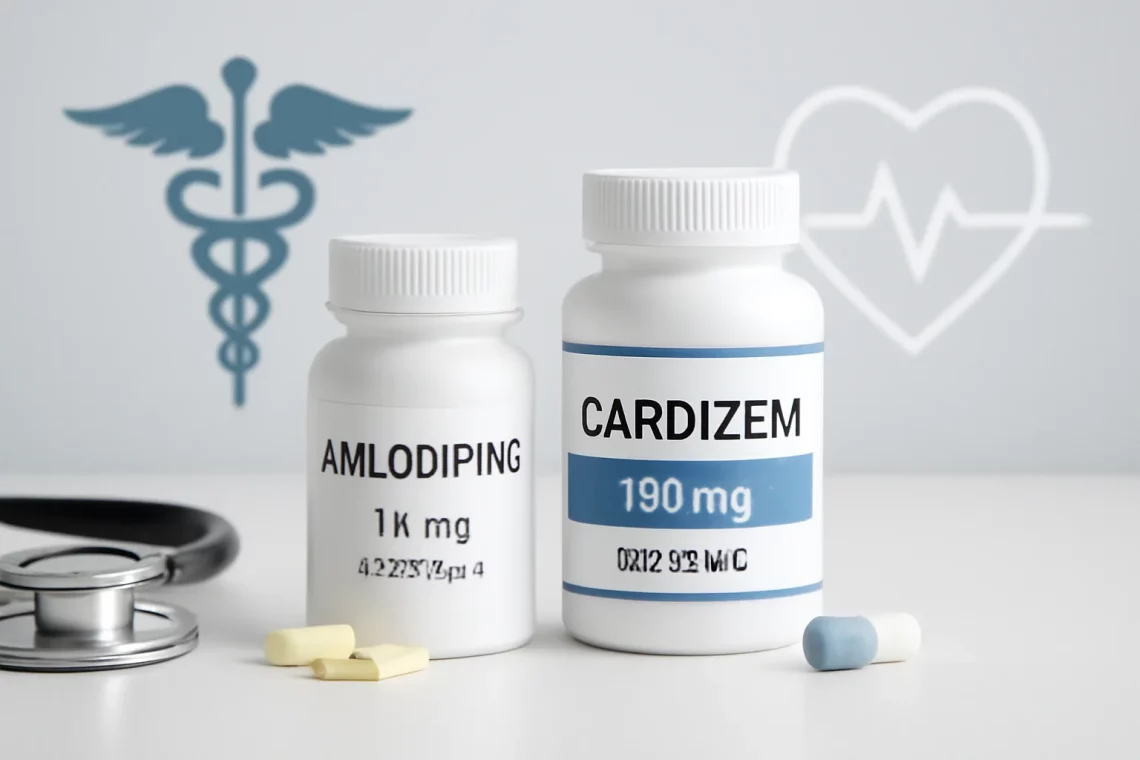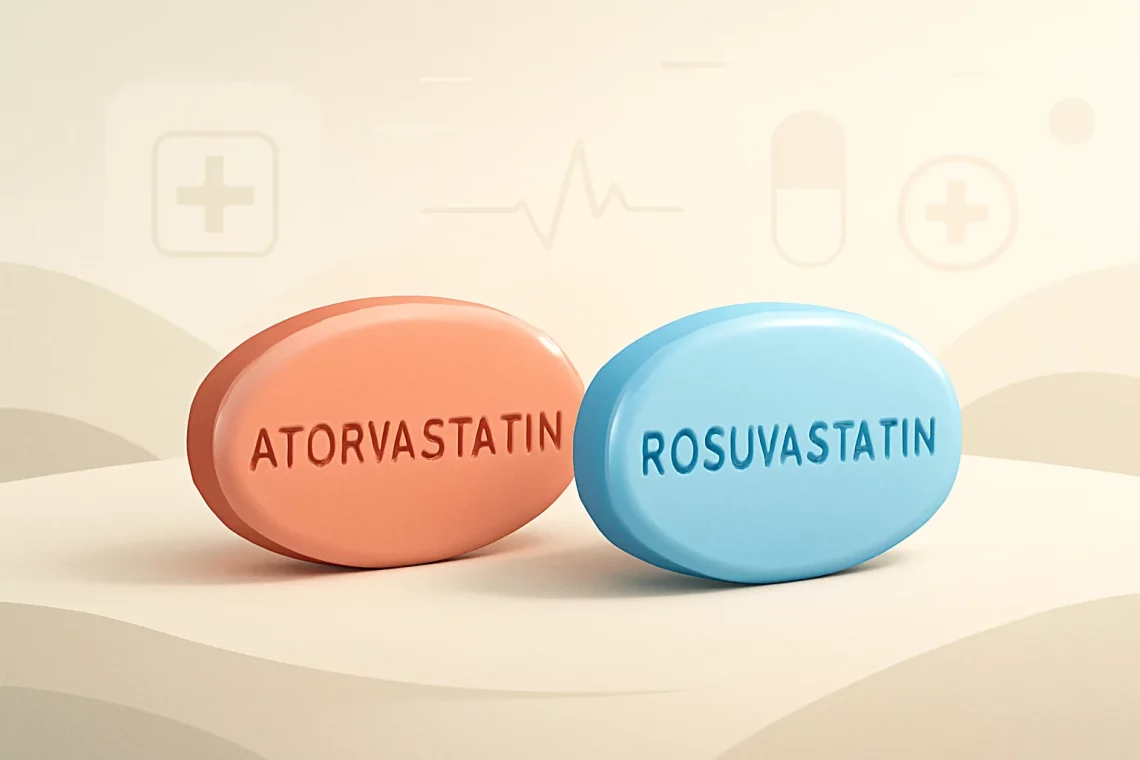-
Lamotrigine vs Topiramate: Choosing the Right Medication for You
Lamotrigine and Topiramate are two medications commonly used in the management of neurological disorders, particularly epilepsy and bipolar disorder. As the understanding of these conditions has evolved, so too have the treatment methodologies, leading to the development of diverse pharmacological options. Both Lamotrigine and Topiramate belong to a class of drugs known as anticonvulsants, but they have unique mechanisms of action, side effect profiles, and indications that can influence a clinician’s choice when prescribing for their patients. Patients and healthcare providers alike are often faced with decisions about which medication to choose, weighing factors such as efficacy, side effects, and individual patient needs. Understanding the nuances of each medication is…
-
Pantoprazole vs Rabeprazole: Key Differences and Uses Explained
Pantoprazole and rabeprazole are two medications that belong to a class of drugs known as proton pump inhibitors (PPIs). These medications are primarily used to treat various gastrointestinal disorders, including gastroesophageal reflux disease (GERD), peptic ulcers, and Zollinger-Ellison syndrome. By inhibiting the proton pump in the stomach lining, both pantoprazole and rabeprazole effectively reduce the production of stomach acid, providing relief from symptoms associated with excess acidity. While both medications serve similar purposes and are often prescribed for comparable conditions, they differ in their chemical composition, pharmacokinetics, and potential side effects. Understanding these differences can help patients and healthcare providers make informed decisions about which medication might be more suitable…
-
Jardiance vs Steglatro: Which Diabetes Medication is Right for You?
Jardiance and Steglatro are two medications that belong to the class of drugs known as SGLT2 inhibitors, which are primarily used to manage type 2 diabetes. As the prevalence of diabetes continues to rise globally, the importance of understanding various treatment options becomes increasingly significant. Both Jardiance (empagliflozin) and Steglatro (ertugliflozin) offer unique benefits and potential side effects that can influence a patient’s choice of treatment. The mechanism of action for these medications revolves around helping the kidneys eliminate excess glucose through urine, thus lowering blood sugar levels. Patient experience, efficacy, and safety profiles are key considerations when evaluating these medications. With the growing emphasis on personalized medicine, understanding how…
-
Lisinopril vs Losartan: Choosing the Right Medication for You
High blood pressure, also known as hypertension, is a prevalent health issue affecting millions of people worldwide. It often goes unnoticed, earning it the title of a “silent killer.” If left untreated, high blood pressure can lead to severe complications, including heart disease, stroke, and kidney failure. To combat this condition, healthcare professionals often prescribe medications that help regulate blood pressure levels. Among these medications, Lisinopril and Losartan are two commonly used drugs that belong to different classes but serve similar purposes. Lisinopril is an angiotensin-converting enzyme (ACE) inhibitor, whereas Losartan is classified as an angiotensin II receptor blocker (ARB). Despite their different mechanisms of action, both medications effectively lower…
-
Loratadine vs Levocetirizine: Which Antihistamine is Right for You?
Allergies can significantly affect daily life, often leading to discomfort and decreased productivity. As the prevalence of allergic conditions continues to rise, effective management through medication has become a priority for many individuals. Among the most commonly prescribed antihistamines, Loratadine and Levocetirizine are frequently considered options for alleviating allergy symptoms. These medications serve as first-line treatments for allergic rhinitis and other allergic reactions, but they differ in several key aspects, including their chemical structure, efficacy, side effects, and dosage recommendations. Understanding these differences is essential for patients and healthcare providers alike, as it can guide them in making informed decisions regarding the most suitable treatment option. As we delve into…
-
Topiramate vs Lamotrigine: Which Medication Is Right for You?
Topiramate and lamotrigine are two medications commonly prescribed for the treatment of various neurological and psychiatric conditions, particularly epilepsy and bipolar disorder. Both of these drugs have gained recognition for their effectiveness in managing symptoms, but they differ significantly in their mechanisms of action, side effects, and therapeutic uses. Understanding these differences is crucial for patients and healthcare providers when deciding on the most appropriate treatment plan. Topiramate, marketed under various brand names, is primarily used as an anticonvulsant and is also prescribed for migraine prevention. It works by stabilizing electrical activity in the brain, thereby reducing the frequency of seizures and migraine attacks. On the other hand, lamotrigine is…
-
Valsartan vs Losartan: Which Blood Pressure Medication is Right for You?
Valsartan and Losartan are two well-known medications primarily used to treat high blood pressure and other cardiovascular conditions. Both belong to a class of drugs called angiotensin II receptor antagonists, which work by blocking the action of a hormone that can cause blood vessels to constrict. This leads to a decrease in blood pressure and an overall improvement in heart health. While both medications share similar mechanisms and therapeutic benefits, they also possess distinct characteristics and differences that can influence a healthcare provider’s decision when prescribing them. As heart disease remains a leading cause of morbidity and mortality worldwide, understanding the nuances of such medications is crucial. Patients often find…
-
Amlodipine vs Cardizem: Comparing Two Common Blood Pressure Medications
Amlodipine and Cardizem are two commonly prescribed medications used to manage hypertension and certain types of angina. Both belong to a class of drugs known as calcium channel blockers, which work by relaxing the blood vessels to allow for easier blood flow. Over the years, these medications have gained popularity due to their effectiveness in controlling blood pressure and alleviating chest pain associated with heart conditions. While both Amlodipine and Cardizem serve similar purposes, they have distinct differences that can influence a doctor’s choice when prescribing them. Factors such as the patient’s medical history, specific health conditions, and potential side effects play a crucial role in determining which medication may…
-
Atorvastatin vs Rosuvastatin: Which Statin is Right for You?
Atorvastatin and rosuvastatin are two widely prescribed medications belonging to a class known as statins, which are primarily used to lower cholesterol levels in the blood. These medications play a crucial role in managing hyperlipidemia and reducing the risk of cardiovascular diseases such as heart attacks and strokes. Statins work by inhibiting a specific enzyme involved in the production of cholesterol in the liver, thereby helping to lower levels of low-density lipoprotein (LDL) cholesterol, often referred to as “bad cholesterol.” With the increasing prevalence of cardiovascular diseases, the importance of effective cholesterol management has gained significant attention. Many individuals have turned to statins as an integral part of their treatment…
-
Cyclobenzaprine vs Robaxin: Key Differences and Uses Explained
Cyclobenzaprine and Robaxin are two commonly prescribed muscle relaxants that are used to alleviate muscle spasms and discomfort caused by musculoskeletal conditions. As patients seek effective relief from pain and tension, understanding the differences between these medications becomes crucial. Both drugs belong to different classes of muscle relaxants and have unique mechanisms of action, side effects, and potential interactions. Cyclobenzaprine is often utilized for short-term treatment of muscle spasms, providing quick relief for patients who are recovering from injuries or dealing with acute pain. Its sedative properties can be beneficial in promoting rest, but they also raise considerations regarding daytime drowsiness and impairment. On the other hand, Robaxin, or methocarbamol,…
